March 18
2020 March 18
Jochen Möhr writes that the abundance of moths at his Metchosin home continues. Thus this morning:
21 Eupithecias (among them some new ones, probably not annulata)
17 Hydriomena manzanita
1 Lithophane petulca
3 Orthosia praeses
3 Triphosa haesitata
3 Venusia obsoleta / pearsalli
Here is a selection of photographs:

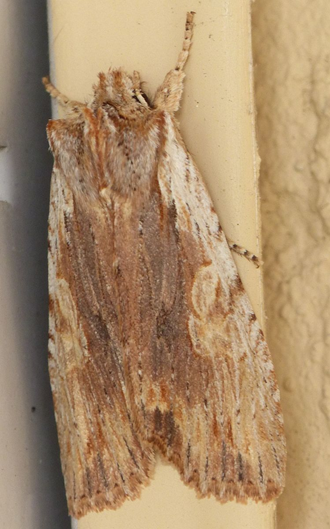
Lithophane petulca (Lep.: Noctuidae) Jochen Möhr
(Larval foodplant Alder – and probably other caterpillars!)

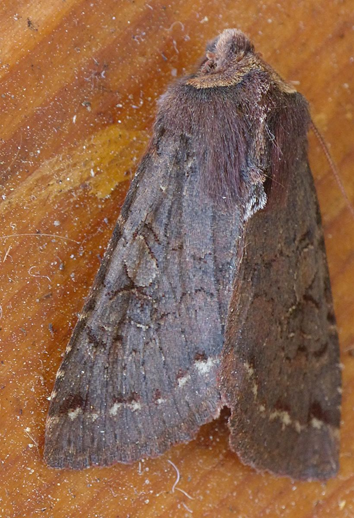
Orthosia praeses (Lep.: Noctuidae) Jochen Möhr
(Aslo Alder, but I think it is an innocent vegetarian)

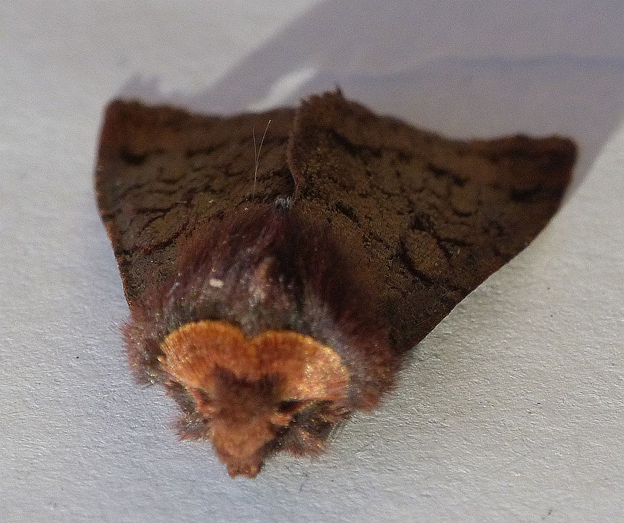
Orthosia praeses (Lep.: Noctuidae) Jochen Möhr
This nice orange ruff on the front of the thorax is an aid to its identification.

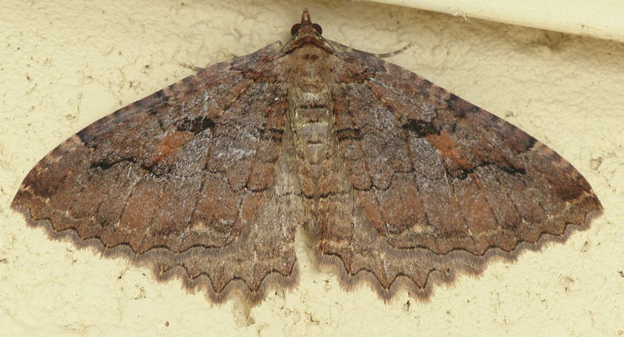
American Tissue Moth Triphosa haesitata (Lep.: Geometridae) Jochen Möhr
The foodplant is restricted to Frangula. The adult moth hibernates – sometimes in numbers in caves.
The pugs are a large genus, many of which are challenging to identify. This one is probably one of the difficult pair Eupithecia annulata/oleracea, both of which feed on conifers.

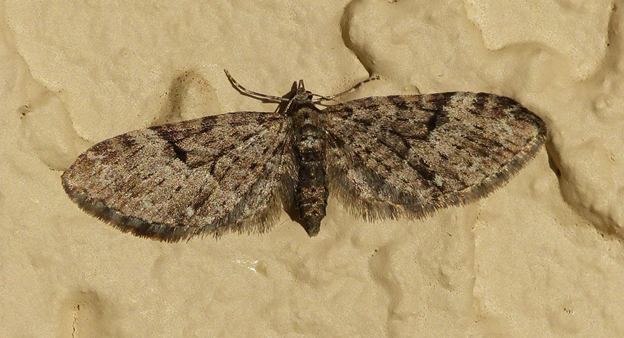
Eupithecia annulata/oleracea (Lep.: Geometridae) Jochen Möhr
This next pug, a fairly large one, is boldly marked, and, one would hope, easy to identify. Alas, it is one of two look-alikes, E. ravocostaliata and E. nevadata. The mid-costal dark patch is supposed to be triangular (like this one) on nevadata and rectangular on ravocostaliata – but who knows? I haven’t reared either, writes Jeremy Tatum, but the caterpillar of ravocostaliata has been found on Salix.
Pronunciation: RAY-vo costallyAHta.

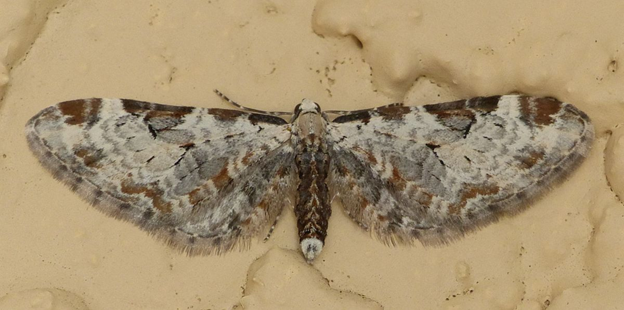
Eupithecia nevadata/ravocostaliata (Lep.: Geometridae) Jochen Möhr
The pugs are not the only small geometrids that are hard to identifiy. The two waves Venusia obsoleta and V. pearsalli are a difficult pair.

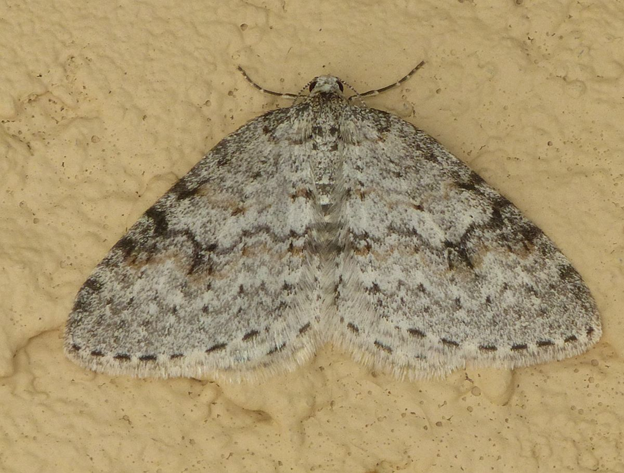
Venusia obsoleta/pearsalli (Lep.: Geometridae) Jochen Möhr
